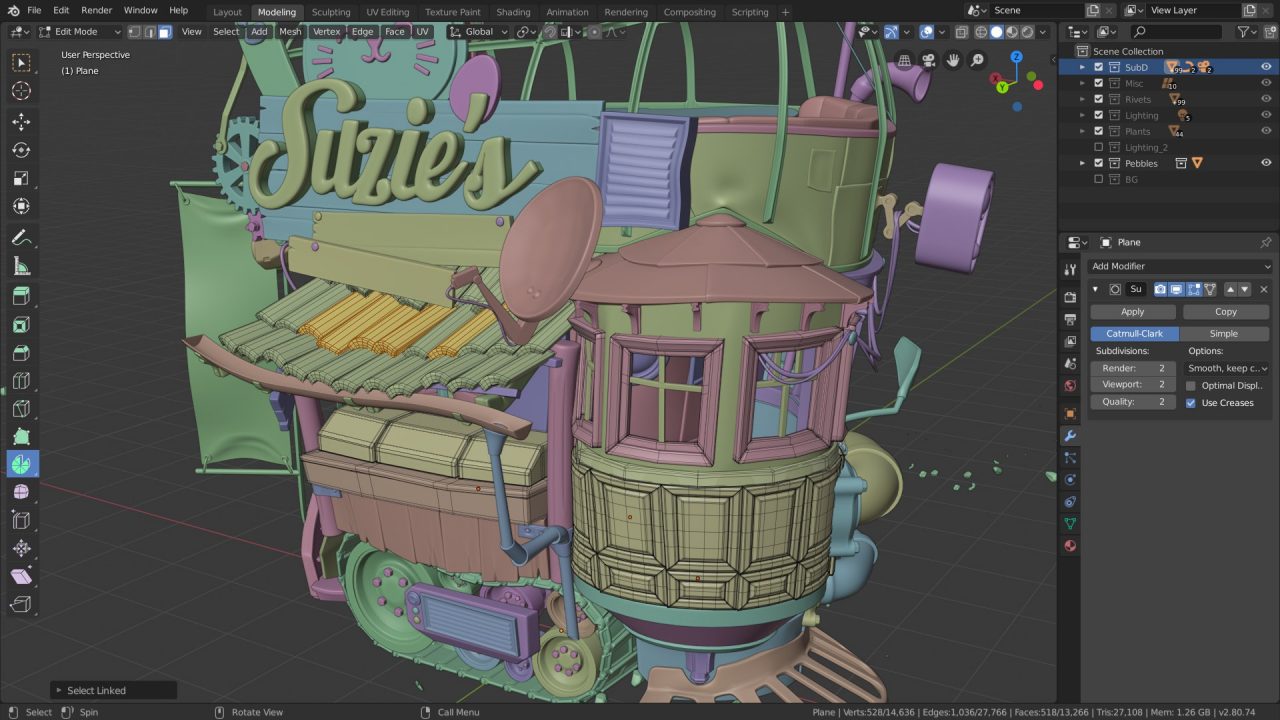

Yes, of course! We do not store the PNG file you submit to us. Our tools are under constant development with new features and improvements being added every week. We aim to create the most accurate conversions with our tools. How accurate is the PNG to STL conversion? We aim to process all PNG to STL conversions as quickly as possible, this usually takes around 5 seconds but can be more for larger more complex files so please be patient. How long does it take to convert my PNG to STL? When the PNG to STL conversion has completed, you can download your STL file straight away.


How can I convert my PNG file to STL?įirst click the "Upload." button, select your PNG file to upload. Optionally, our tool will allow you to save to the non-standard color STL format.

Our tool will save all STL files in binary format. The PNG image you upload can be any size, however our tool will resize it to a maximum of 600圆00 pixels for normal users and for those who have paid for a premium subscription this is increased to a maximum of 1000x1000 pixels. Below we see an example of the estimated depth of each pixel in an image.What is the maximum PNG image resolution I can upload? Personally, I have been using DenseDepth and Intel’s MiDaS methods. Think of it as the distance of each point in the image from the camera. In order to create a 3D mesh, we need to be able to assign each pixel a depth value that tells us how far it is from the camera. Well, the missing element here is a process called “ monocular depth estimation” (MDE). However, it seems I missed explaining how we got from the source image to the mesh. Note that we can reuse the original source image as the texture. Once we have this mesh, we can visualize it using any 3D modeling software, apply shading to it, and maybe a nice texture. The images on the right show a 3D mesh that was automatically generated from the source image using modern machine learning techniques, which we will explain in a second. The algorithm gave it an artistic or cartoony spin. The above image labelled “source image” shows an automatically generated image produced by Stable Diffusion using the prompt “A rendering of Pete Buttigieg.” The source image was generated through text-to-image synthesis of the sentence “A rendering of Pete Buttigieg.” On the right, we see an automatically generated 3D mesh and how it can be shaded and textured.


 0 kommentar(er)
0 kommentar(er)
